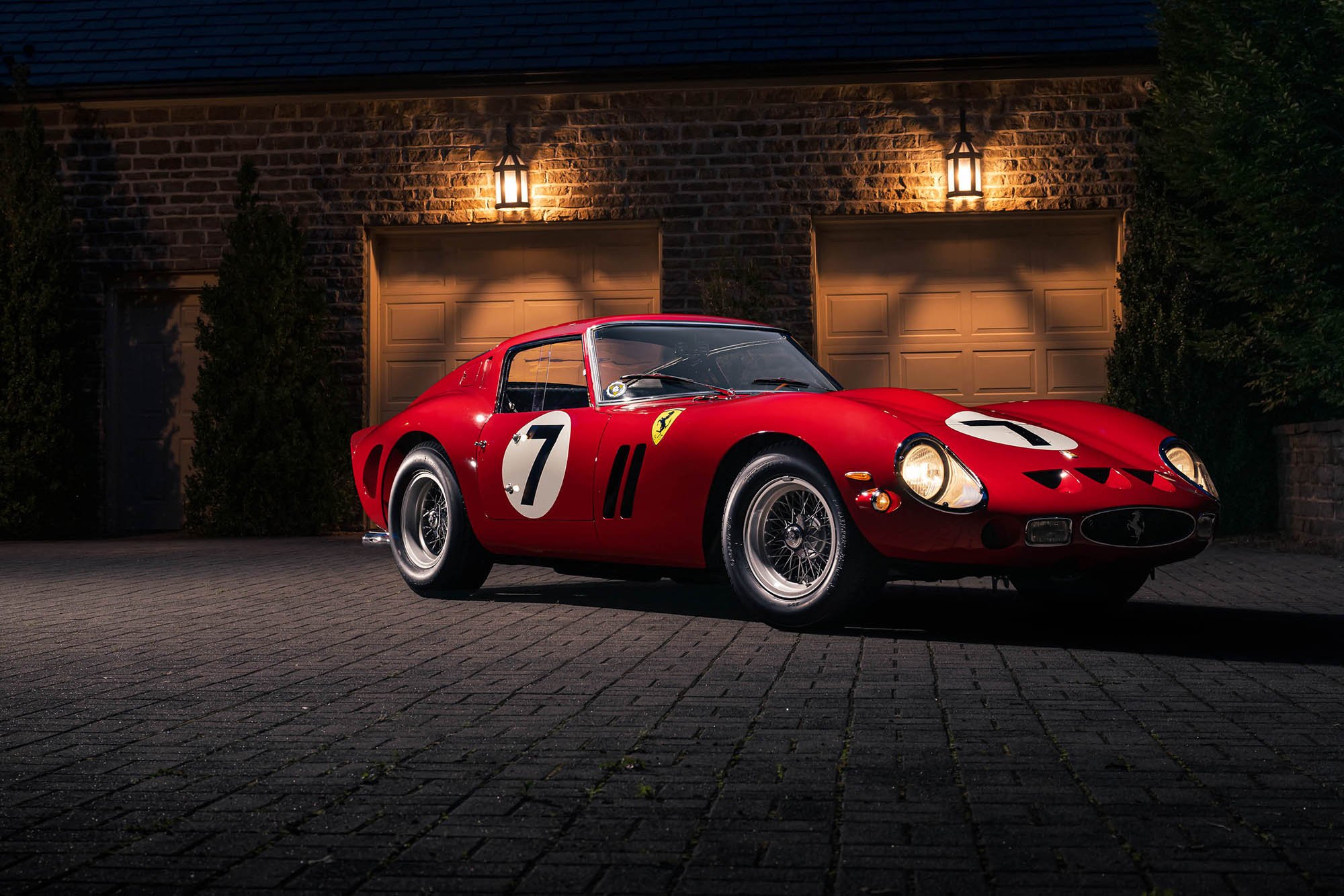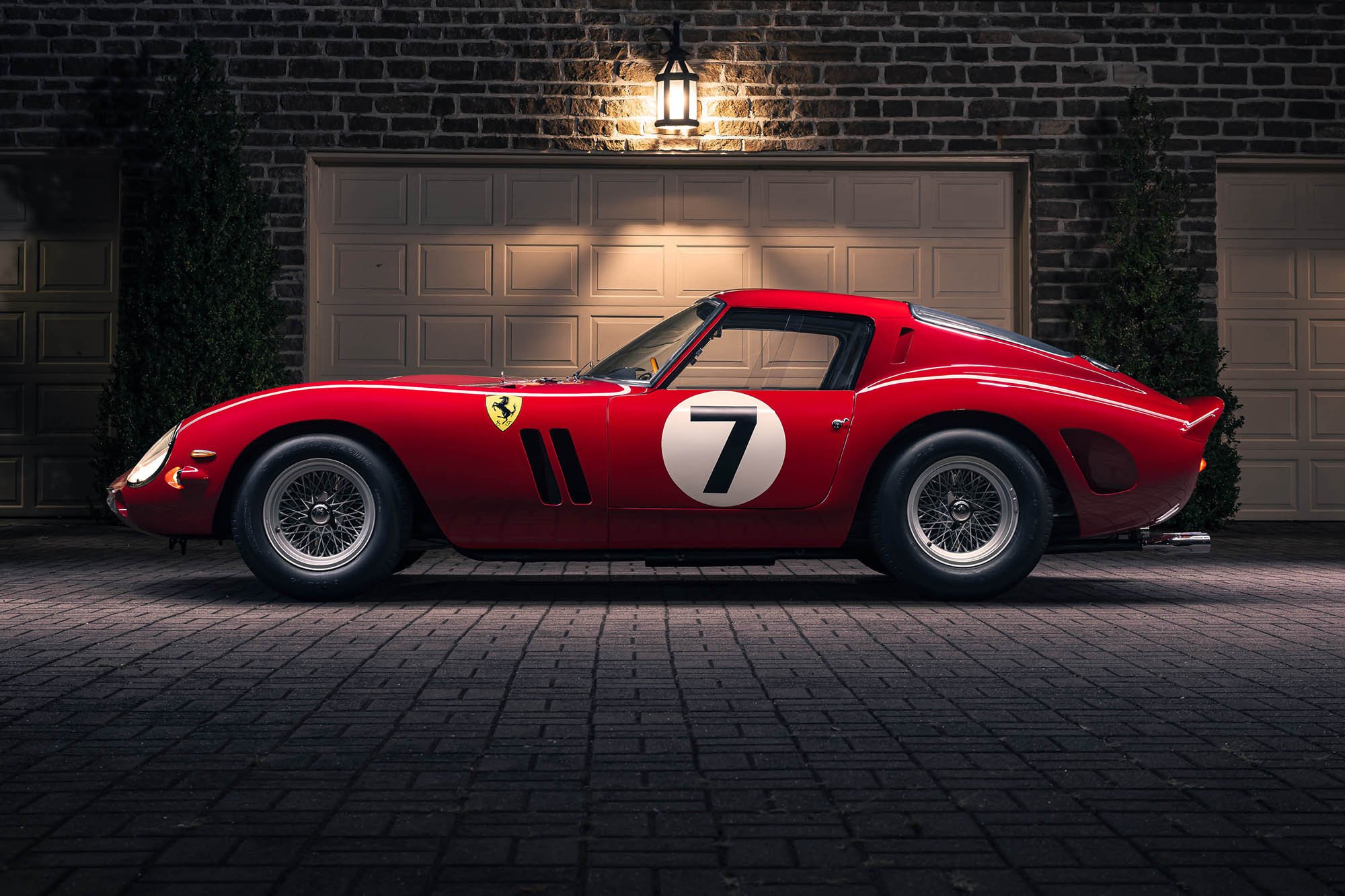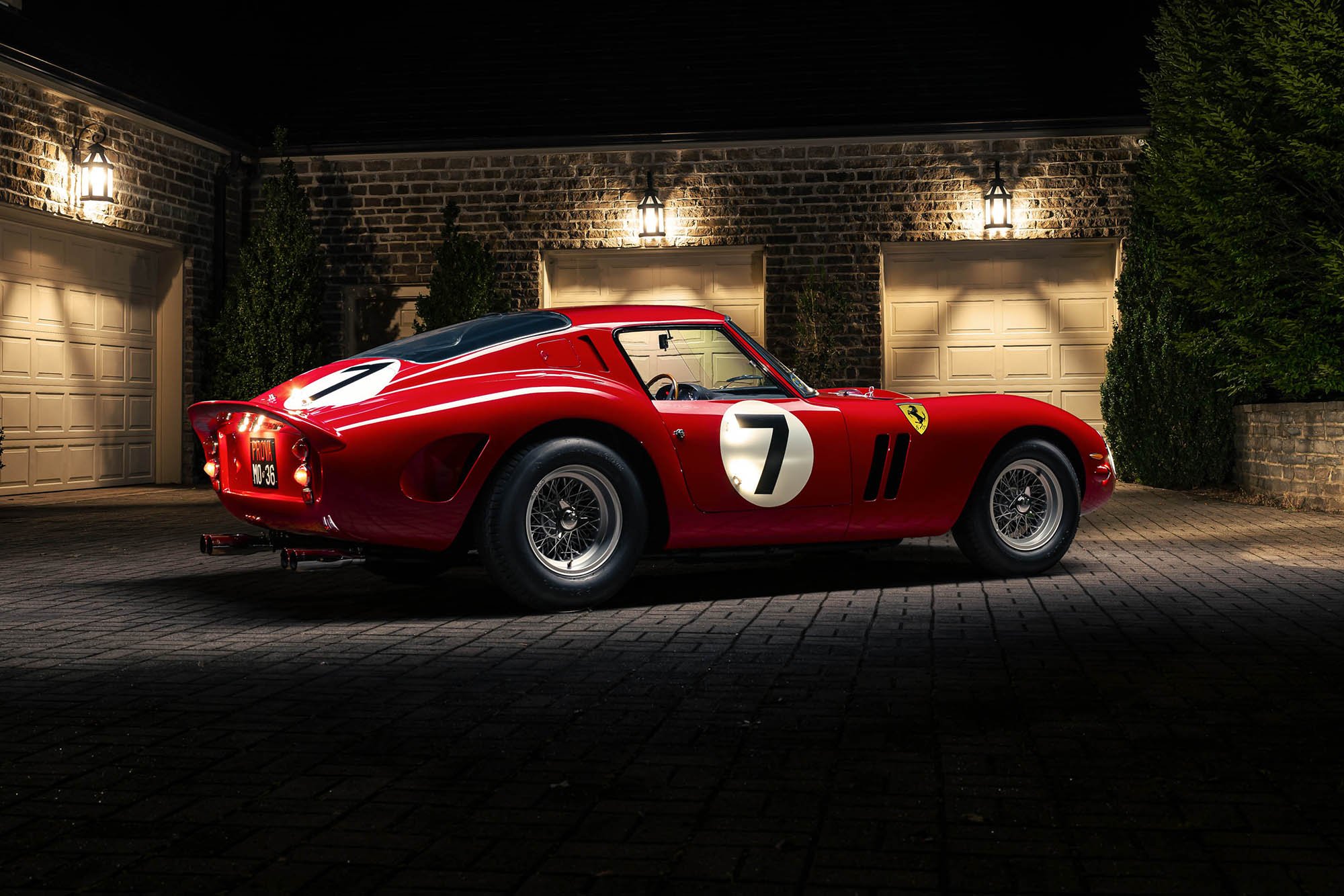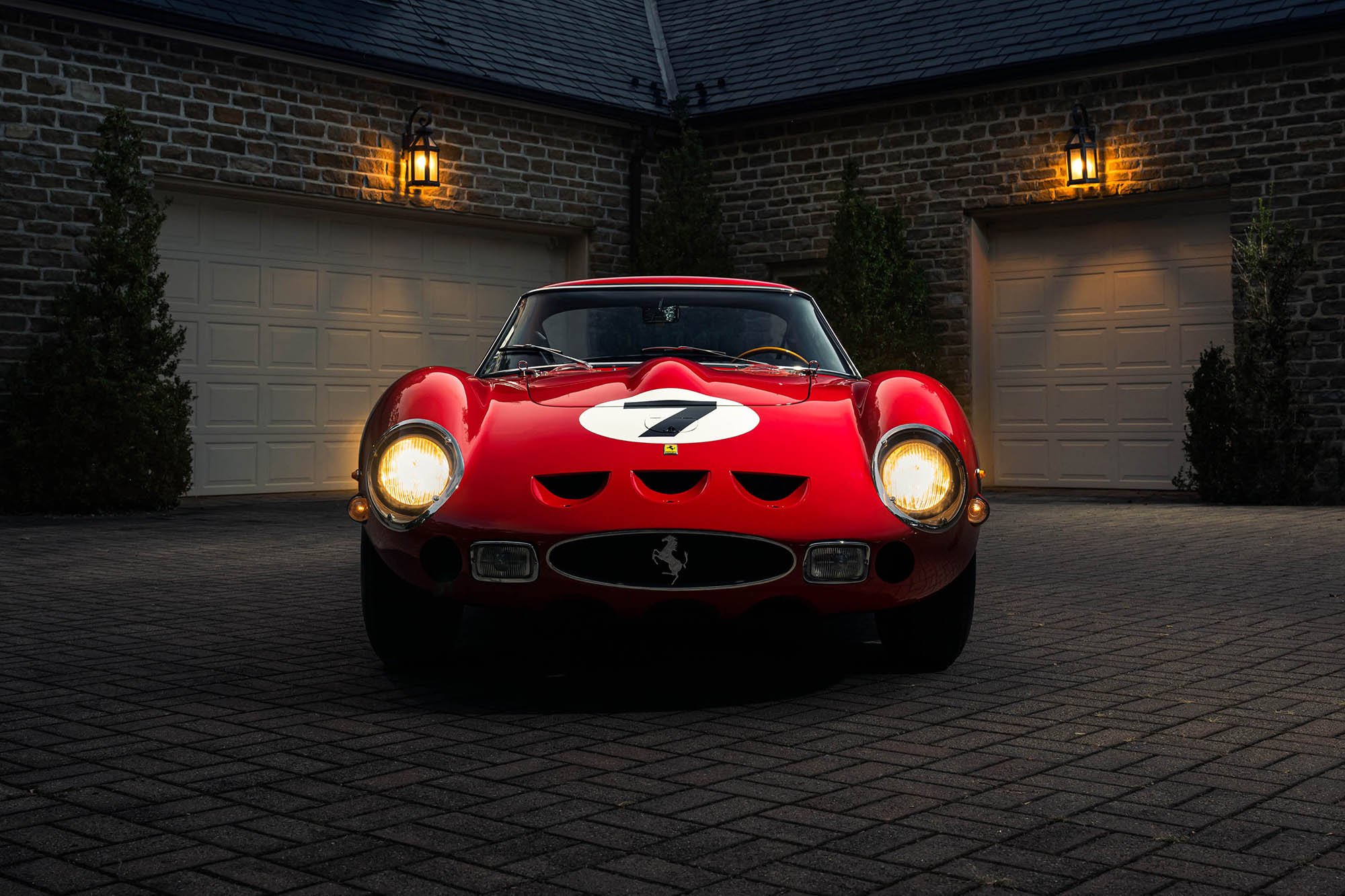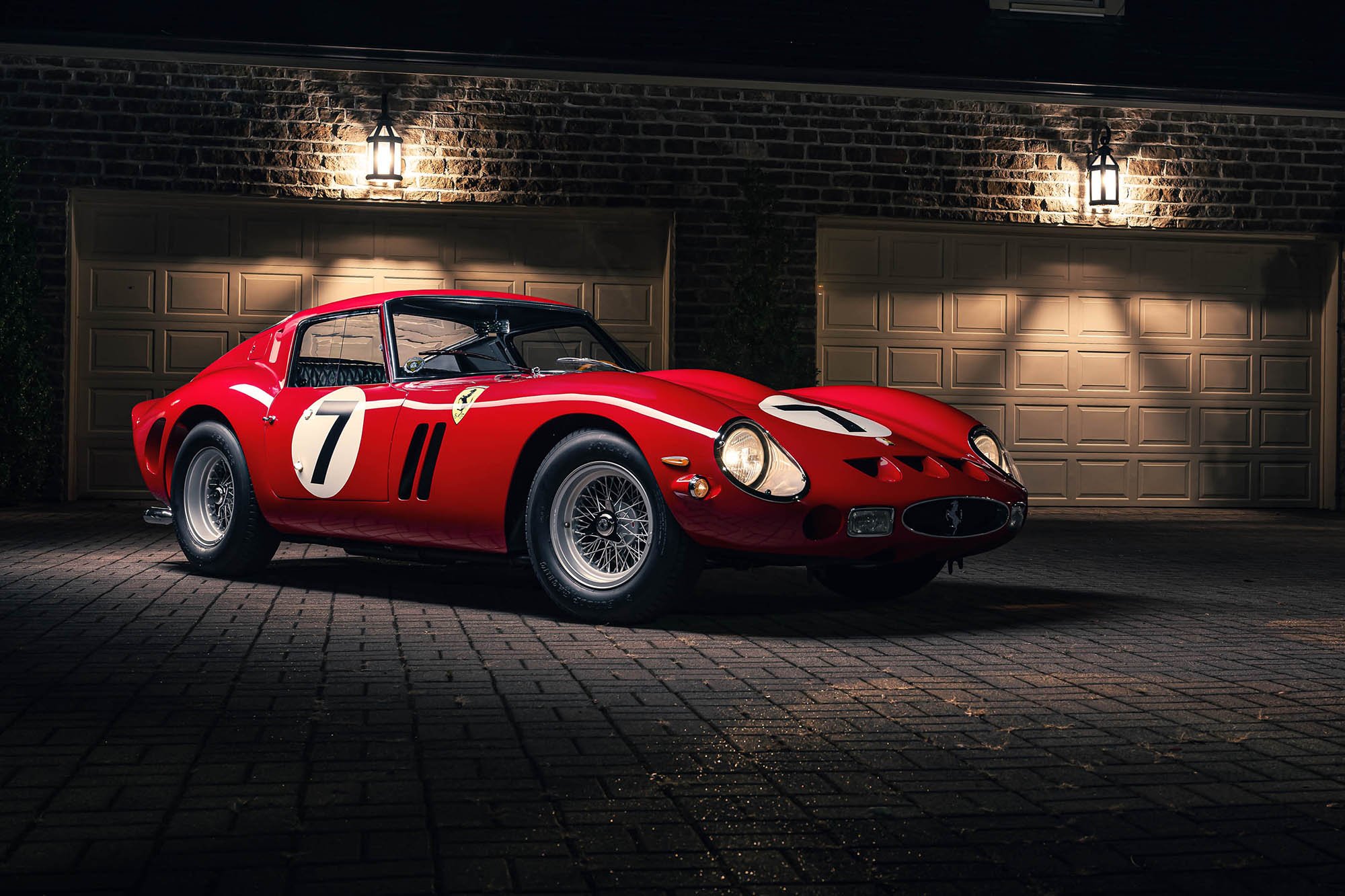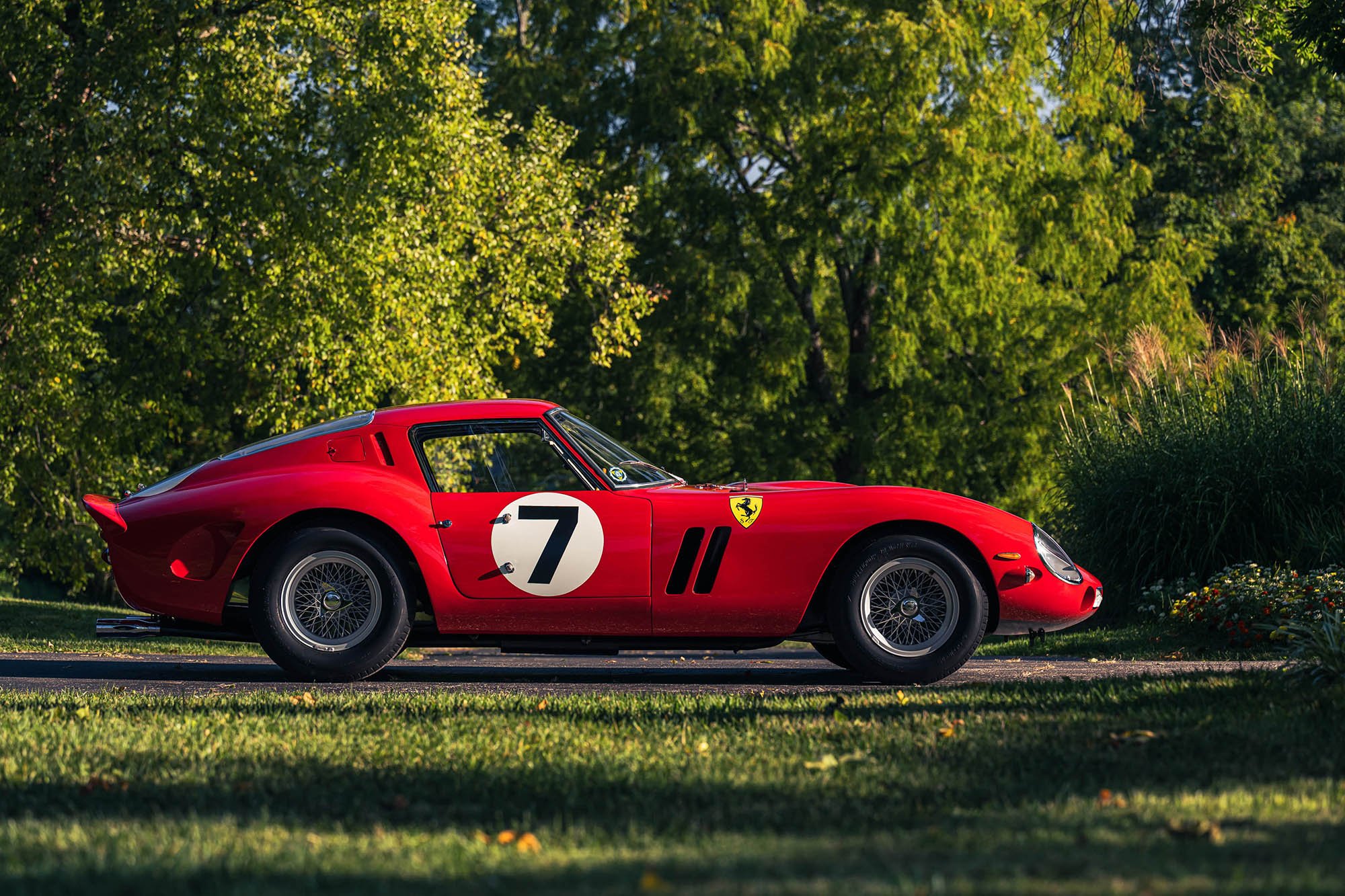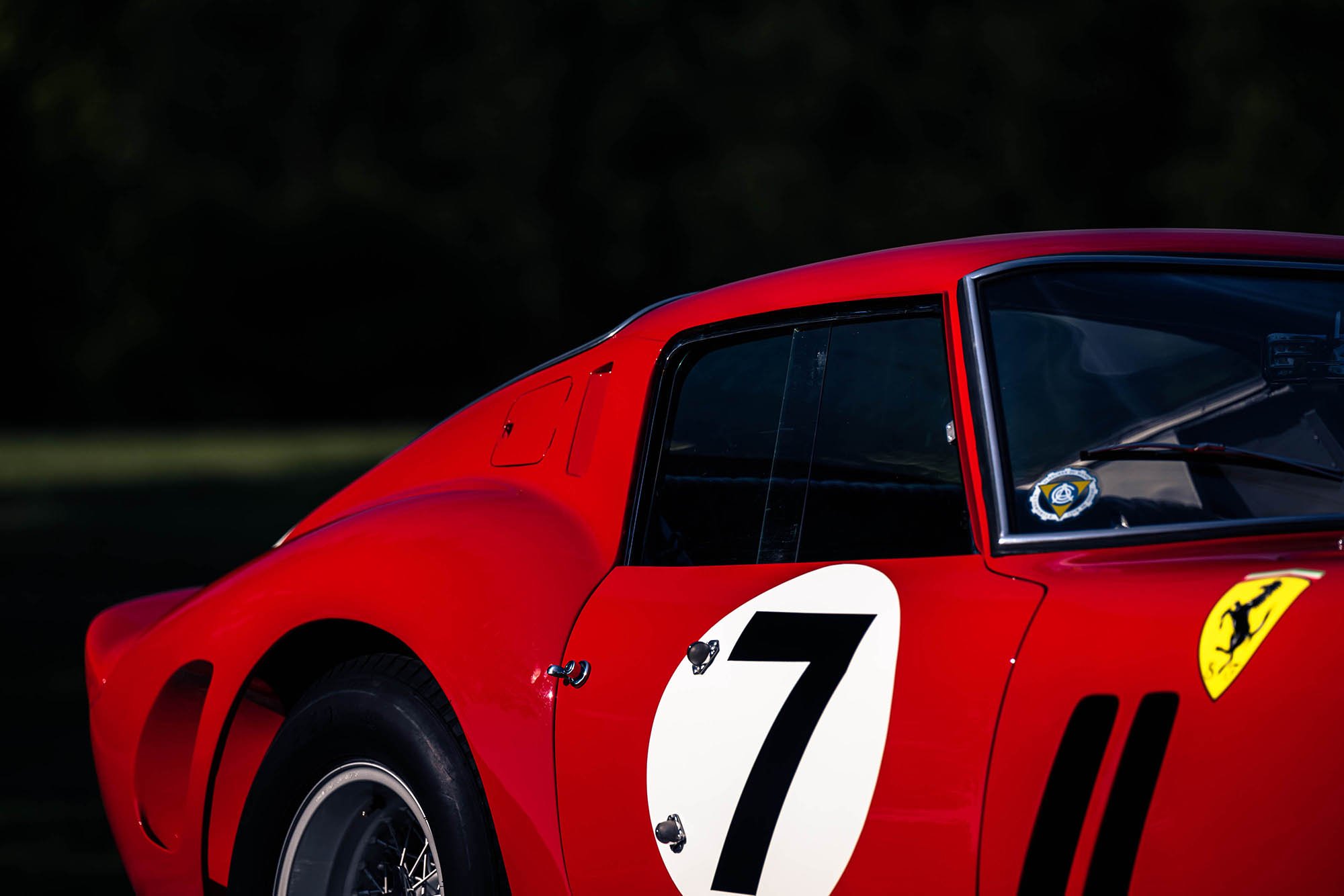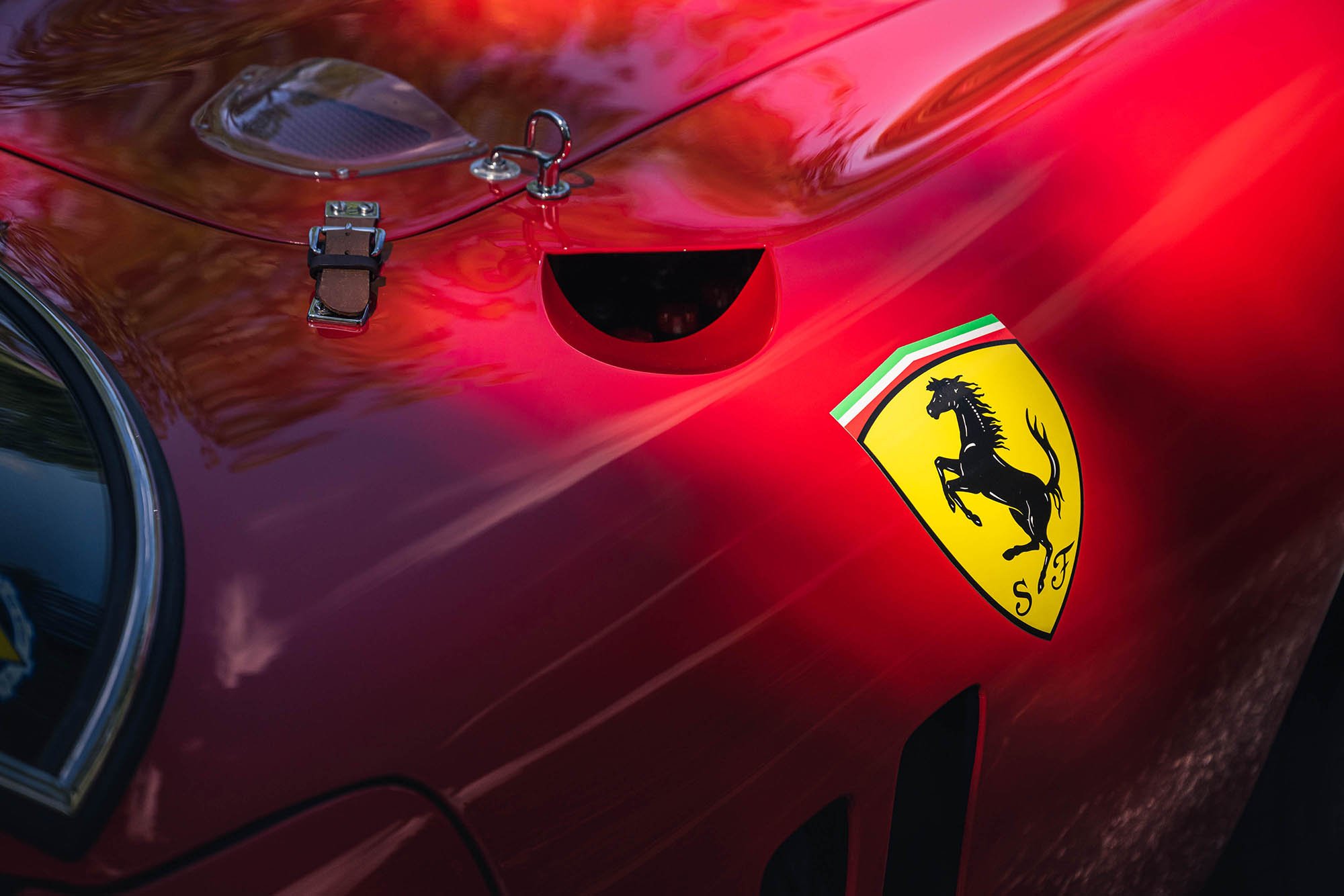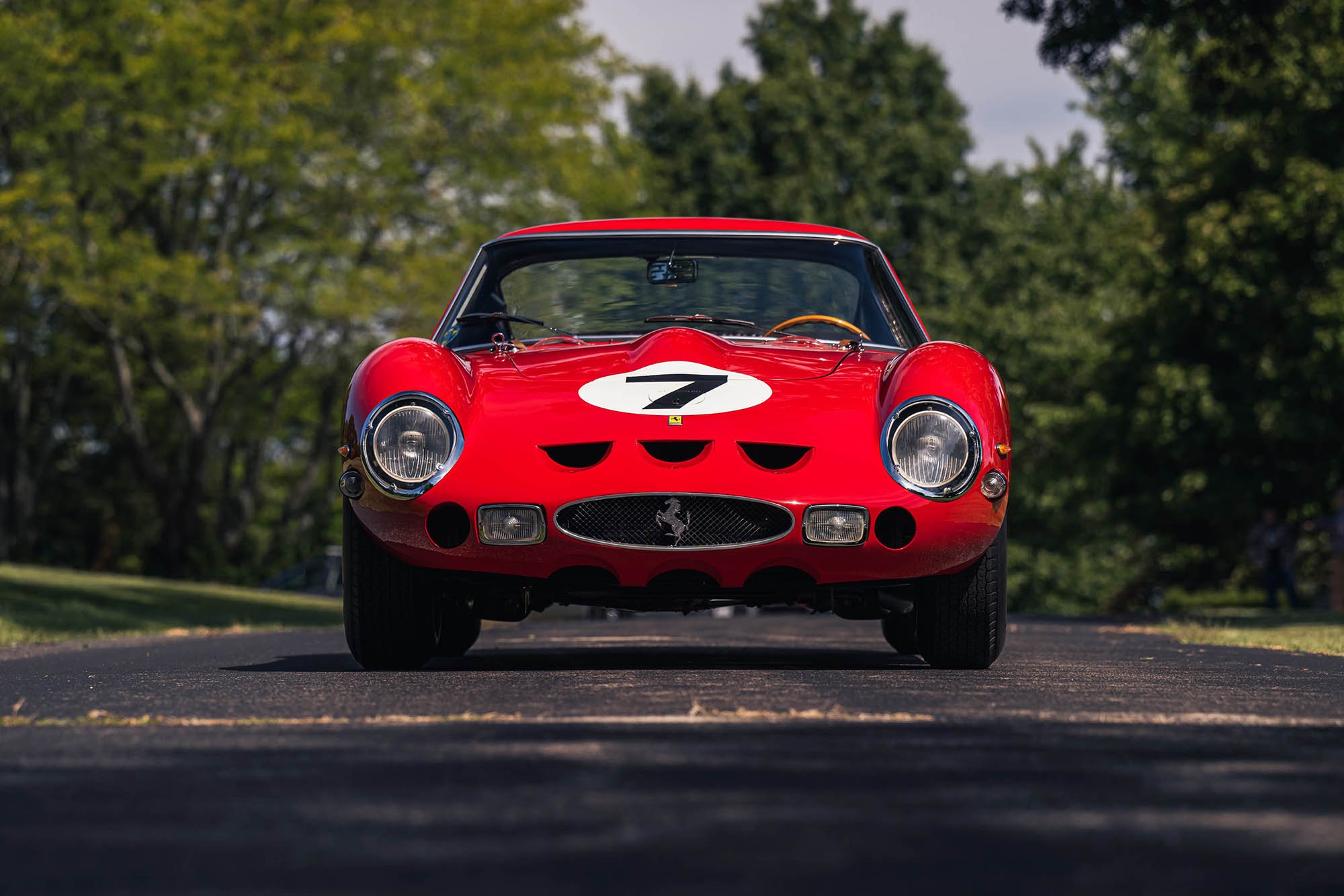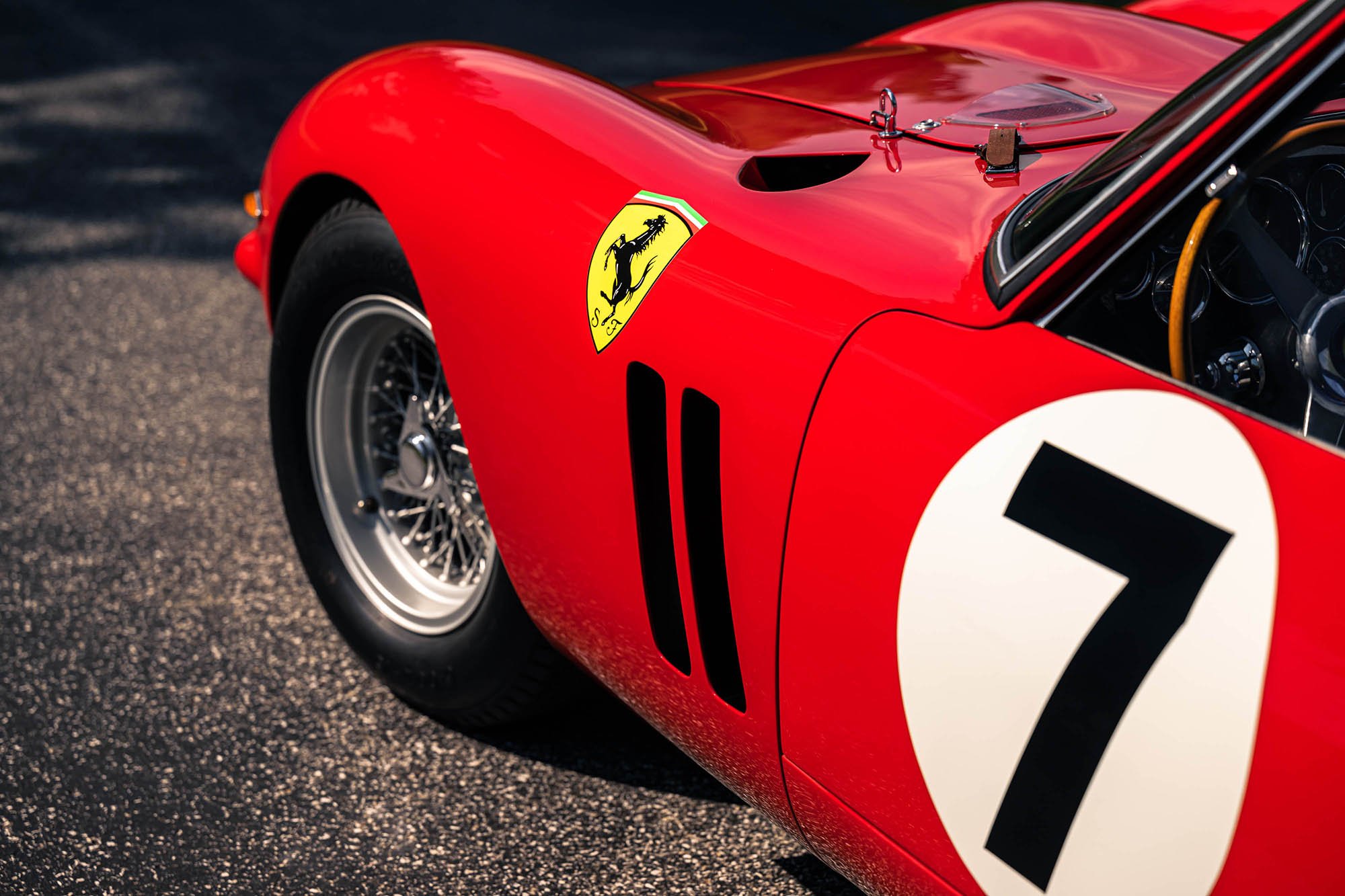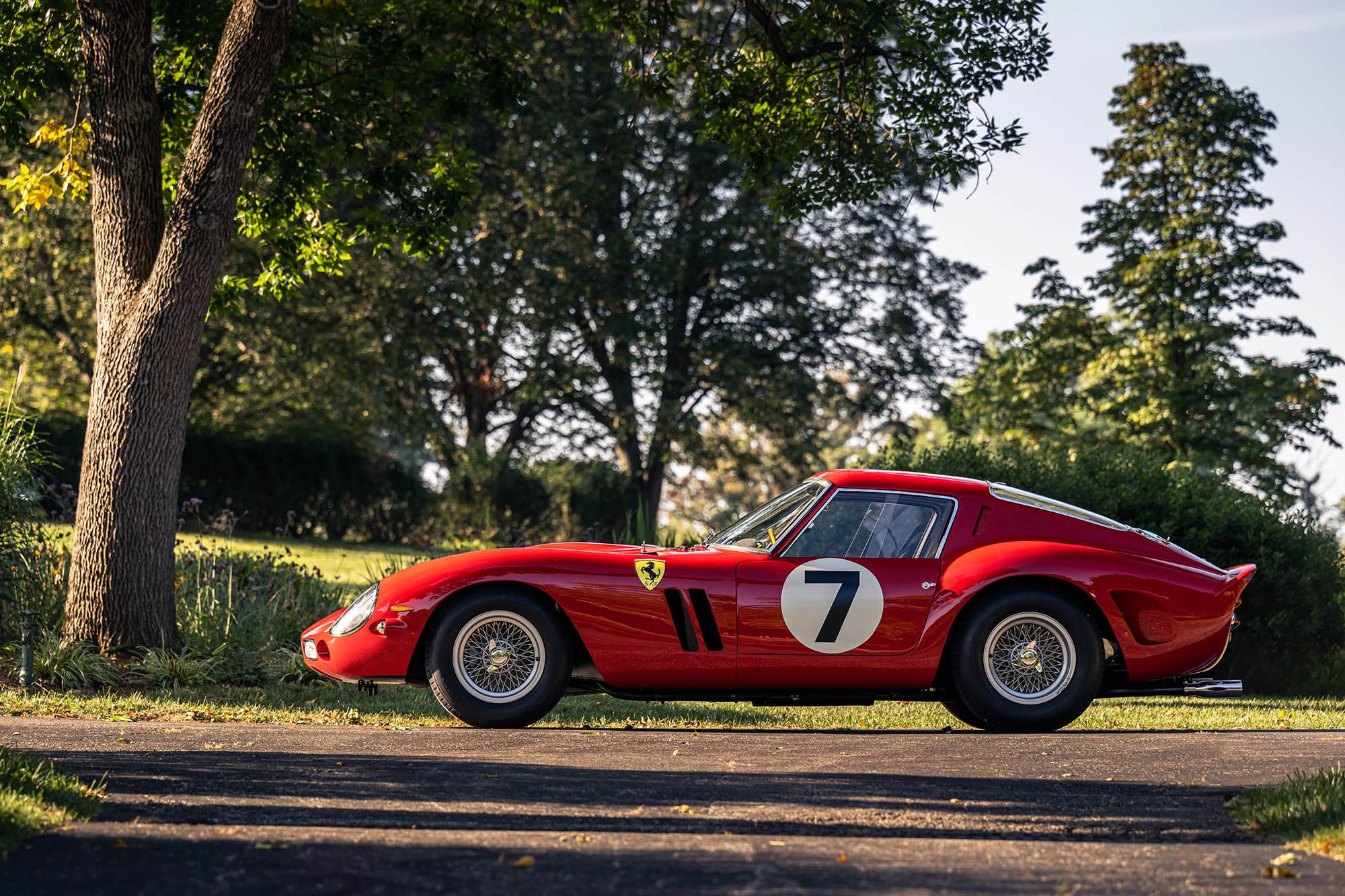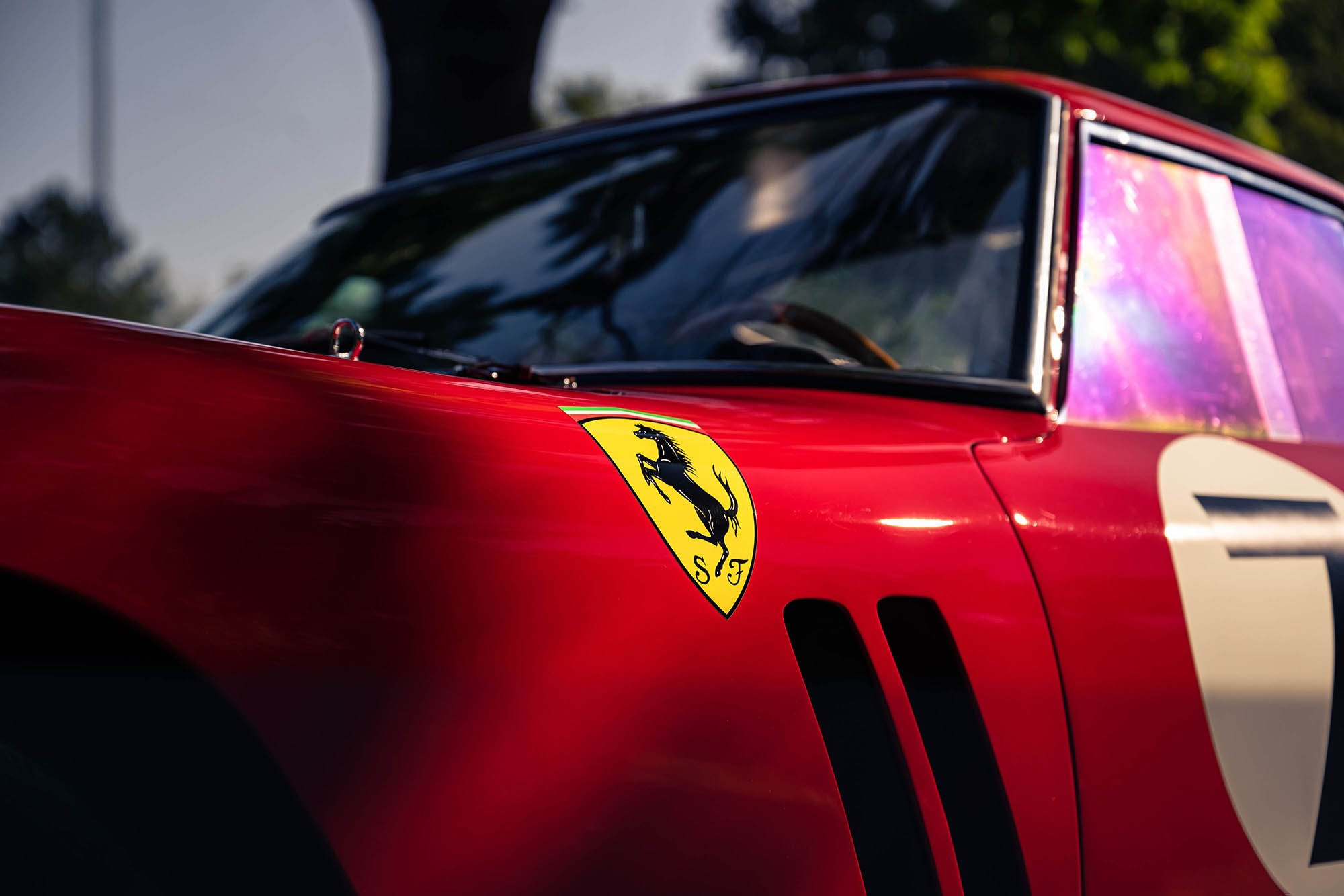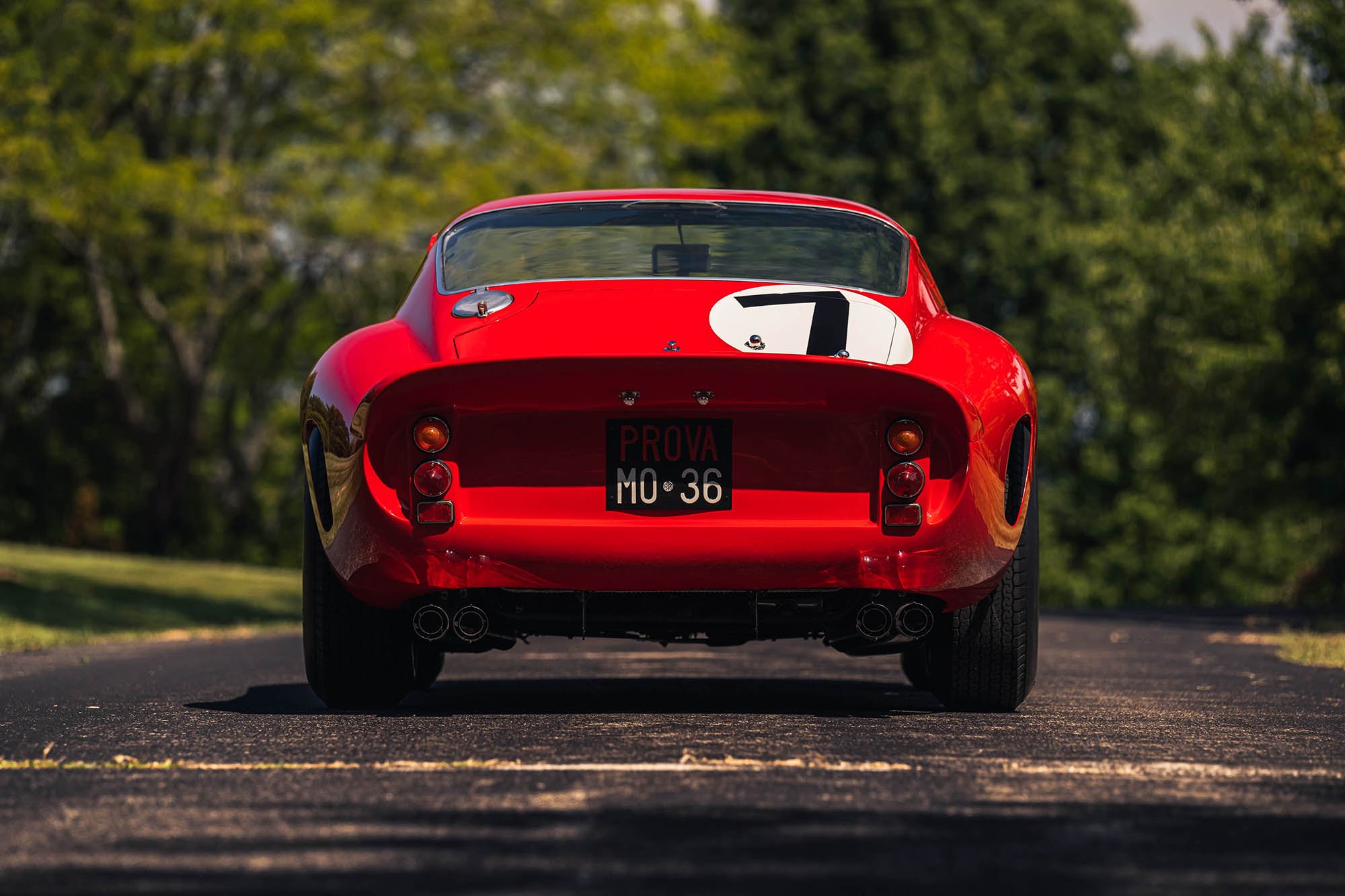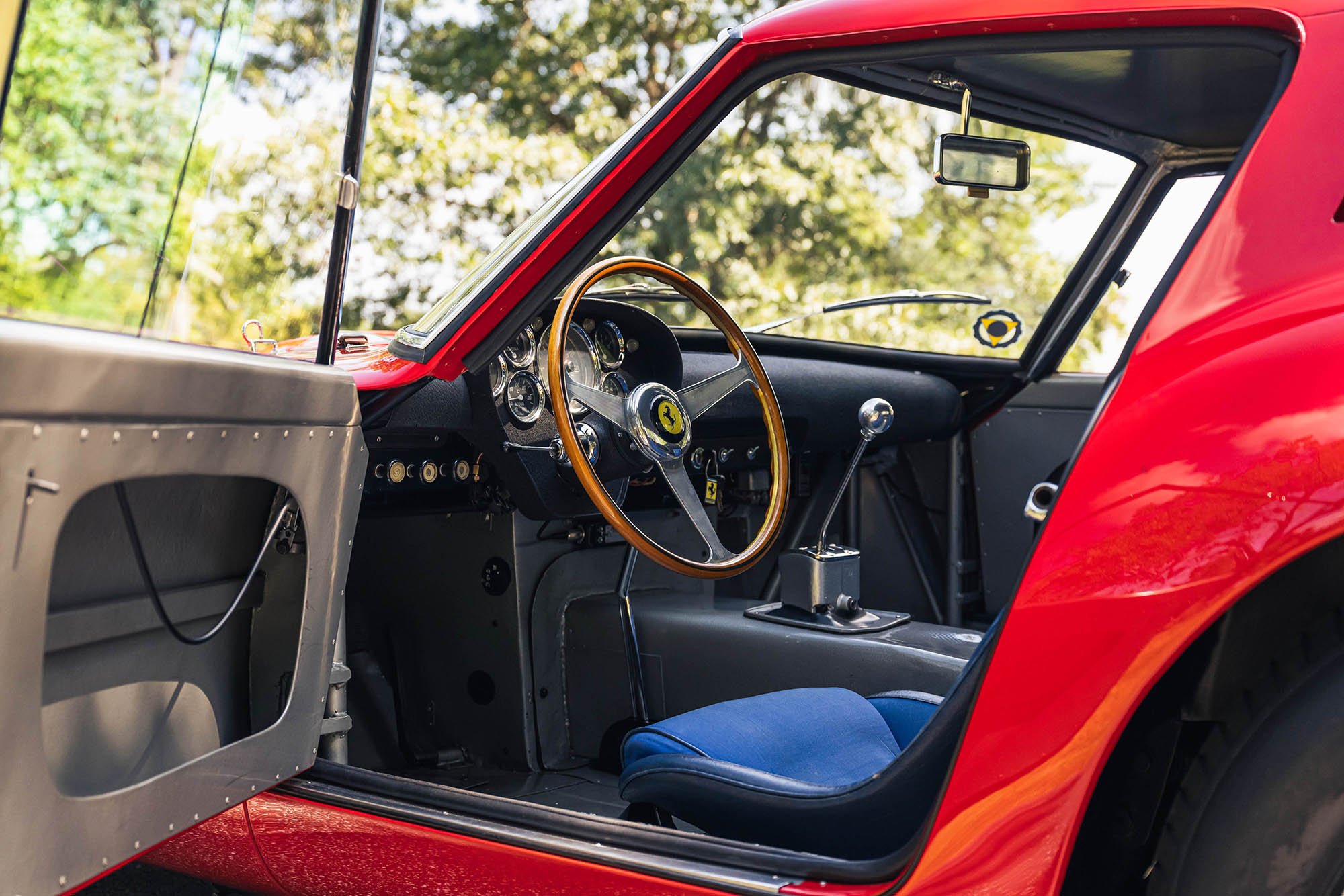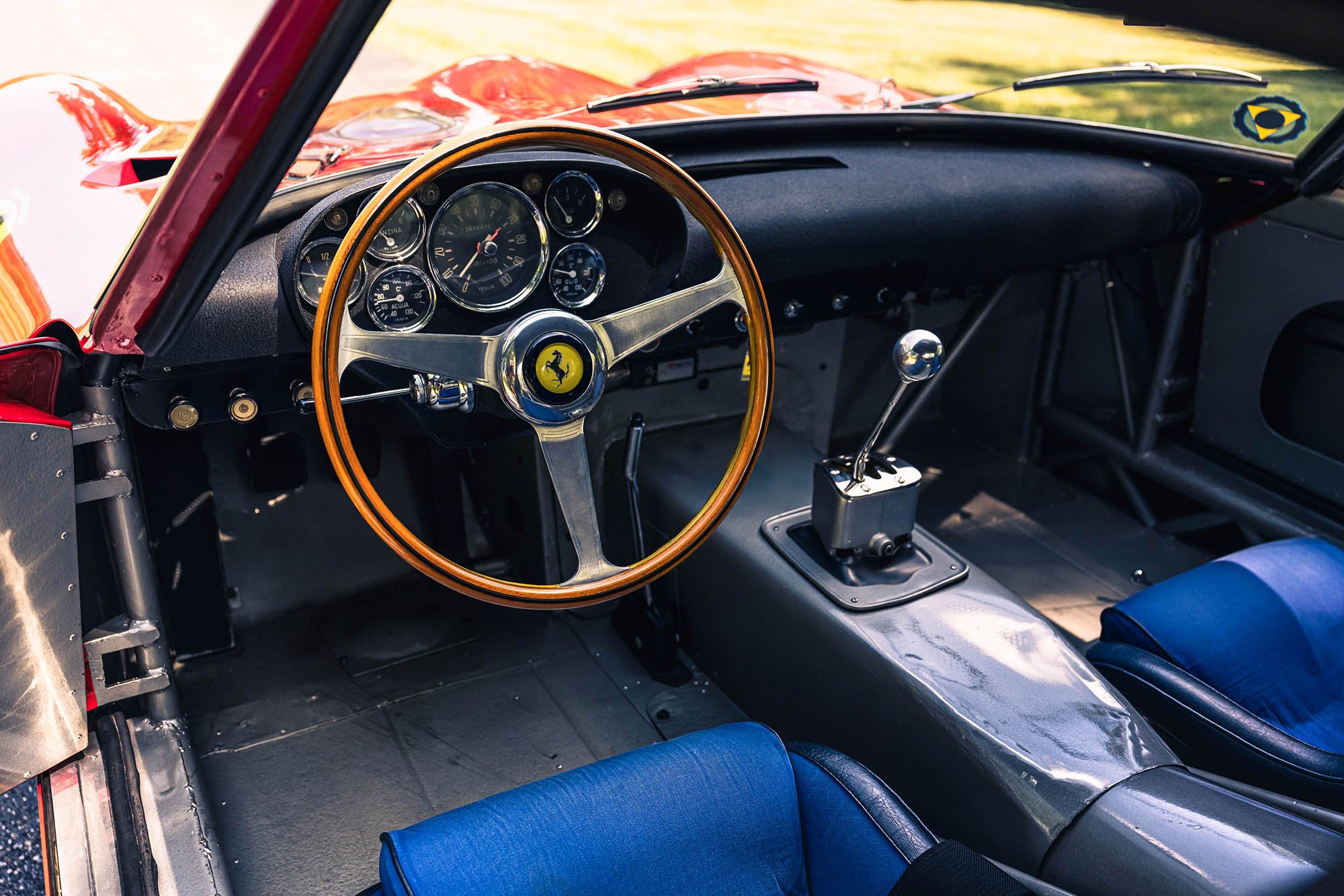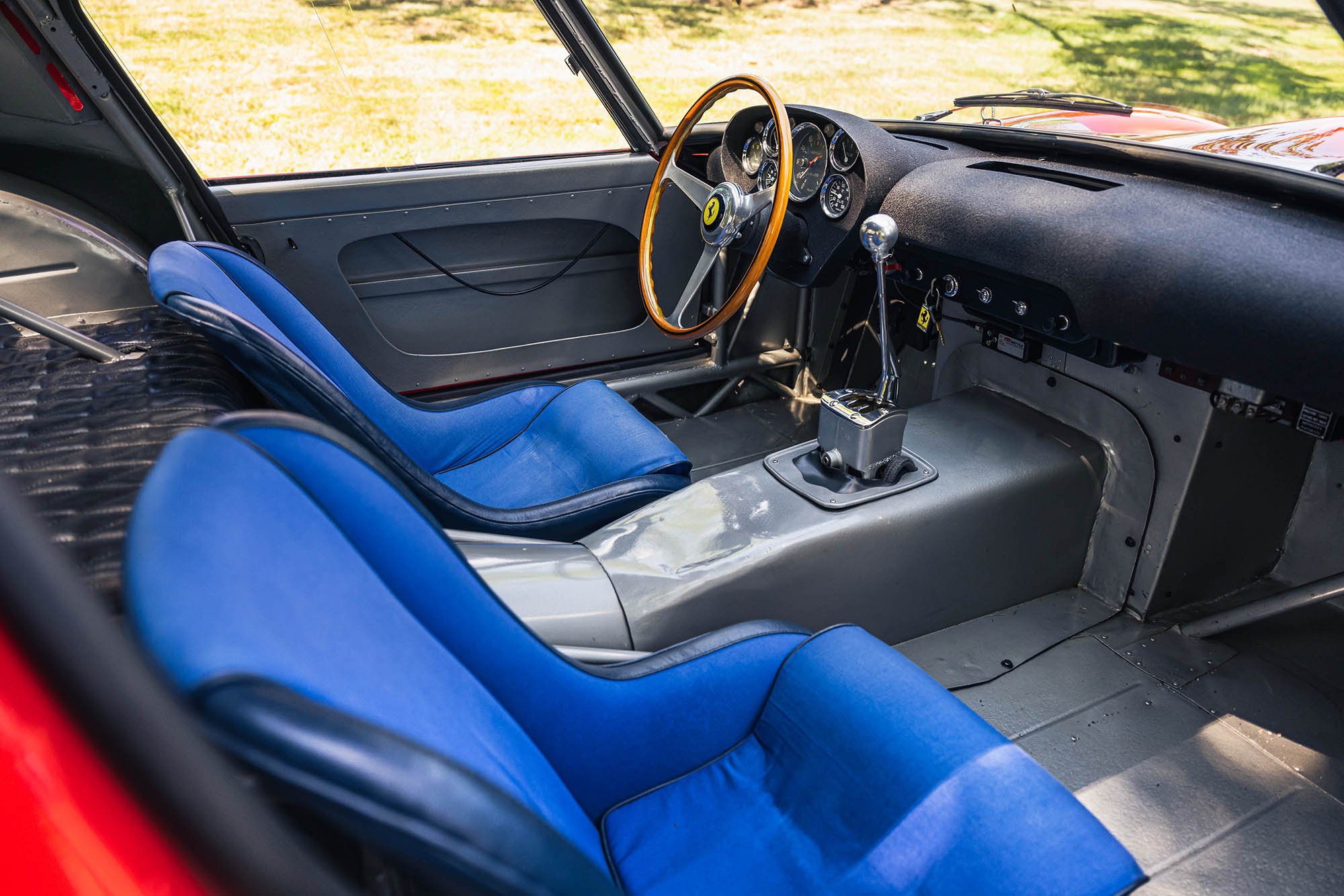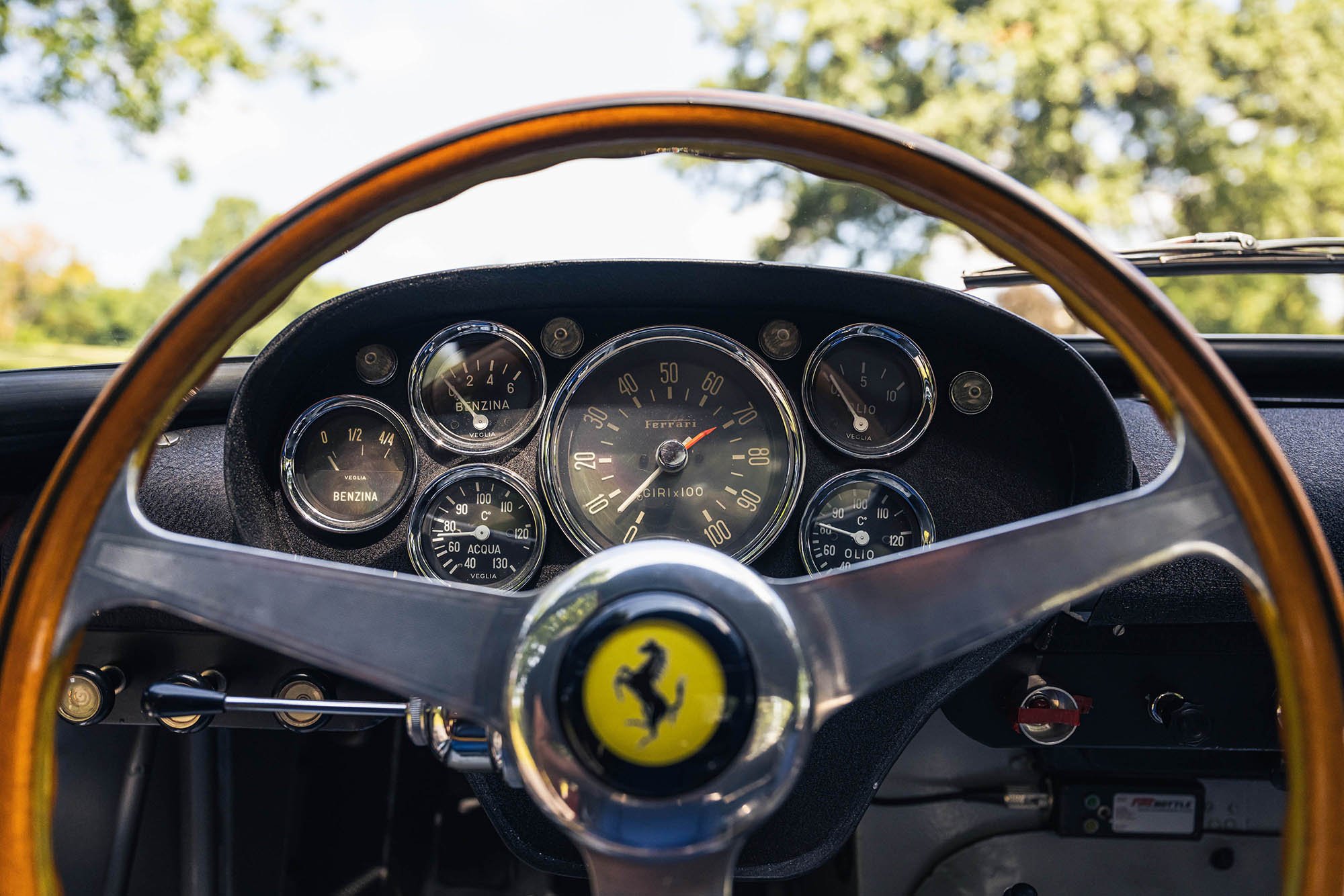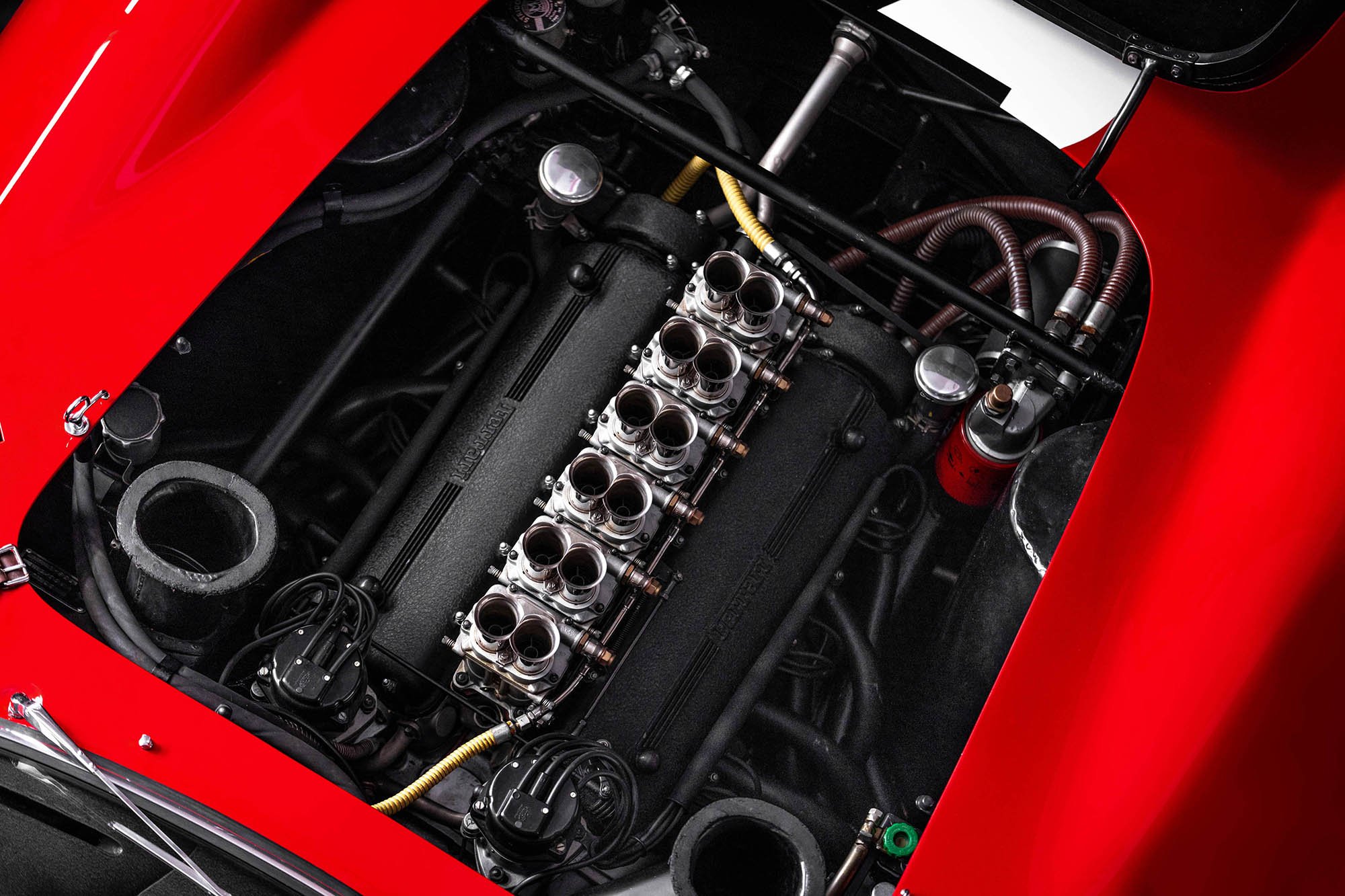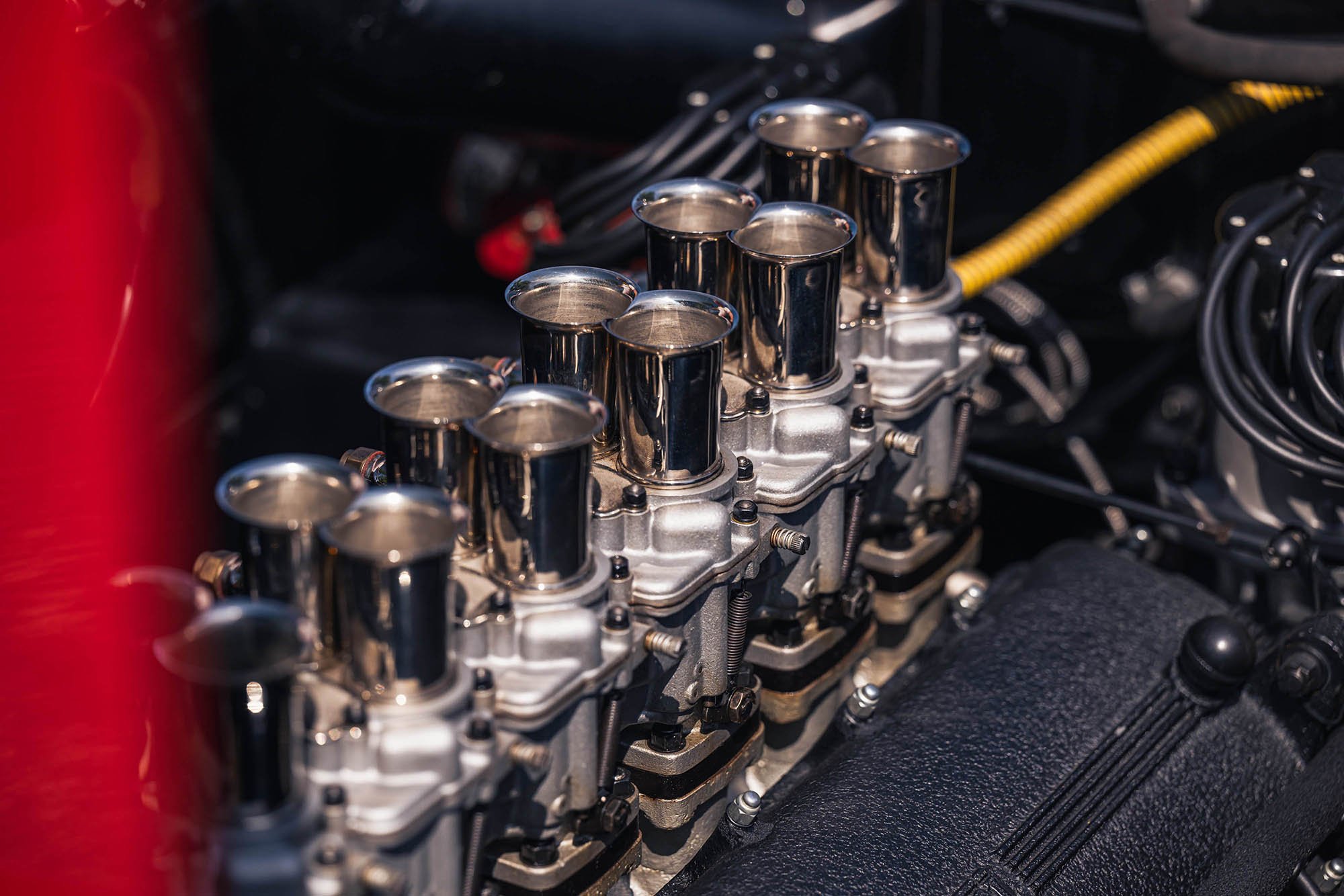Ferrari's record-breaking GTO
By late 1961, Ferrari began to develop a competition replacement for the successful 250 GT SWB. As the SWB approached its limits, Ferrari's focus shifted to comply with the FIA's new International Championship of Manufacturers, concentrating exclusively on GT production car racing. Opting to further refine the 250 GT platform for the 1962 racing season, engineer Giotto Bizzarrini spearheaded improvements in aerodynamics and chassis design, resulting in the creation of the 250 GTO unveiled in February 1962.
The 250 GTO, powered by a 3-litre V12 engine and featuring advancements in chassis architecture, debuted with remarkable engineering. Ferrari mainly entrusted privateers with the 250 GTO as the Scuderia Ferrari focused on rear-engine Dino prototypes. The GTO swiftly proved its prowess in competition, securing victories and establishing its reputation as one of the most successful racing sports cars. Simultaneously, as racing regulations evolved, with events like Le Mans introducing a larger-displacement 4-litre class, Ferrari's engineers began exploring the potential of fitting a 4-litre engine into a GTO, which led to the captivating history of this very car.
This exceptional GTO holds a remarkable racing legacy tied to its unique factory specifications. Chassis number 3765 stands as the sole Works GTO initially equipped with a 4-litre engine, featuring modifications such as dry sump lubrication, special carburetors, and camshafts. This specific model, approximately the ninth built and the 14th of 34 examples with Tipo 1962 coachwork, debuted at the Nürburgring 1000 KM, securing a class win and 2nd place overall with drivers Mike Parkes and Willy Mairesse.
For the 1962 Le Mans race, Ferrari extensively modified 3765. The original three-carburetor engine was replaced by a more potent six-carburetor setup, boosting the estimated horsepower to around 390. Minor alterations were made to the nose and bonnet to accommodate these changes. During the race, driven by Parkes, the GTO initially made impressive progress but faced brake issues, causing it to slide off the track. Despite efforts to continue, the car eventually retired due to overheating issues, marking a disappointing end to its Le Mans journey.
After the 1962 season's conclusion, Ferrari ceased racing 3765 due to the absence of 4-litre class-eligible events, preparing it for potential sales. In November 1962, Pietro Ferraro acquired the GTO, prompting further factory modifications in May 1963 for its use. This period saw its conversion to 250 GTO specifications with a third engine originally utilised in the developmental stages of chassis number 0796 for the iconic 250 P.
Under Ferraro's ownership, the GTO participated in the Trieste-Opicina hillclimb in July 1964, finishing 5th in class. Subsequently, Ferdinando Latteri of Sicily acquired the Ferrari, employing it extensively in local racing events. Although facing setbacks initially, the car excelled in hillclimbs, securing victories and achieving the runner-up position in the 1965 Sicilian Hillclimb Championship. Latteri garnered another class win in March 1966 before eventually trading the GTO back to the factory in early 1967.
This incredible 1962 Ferrari 250 GTO was recently sold by RM Sotheby’s for $51.7m at auction in New York, making it the most expensive Ferrari ever sold, and the second most expensive car ever sold. Photos © Jeremy Cliff / RM Sotheby's.

